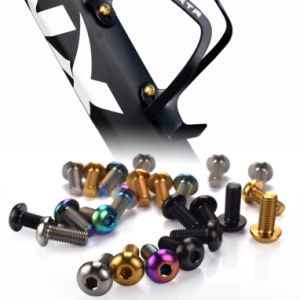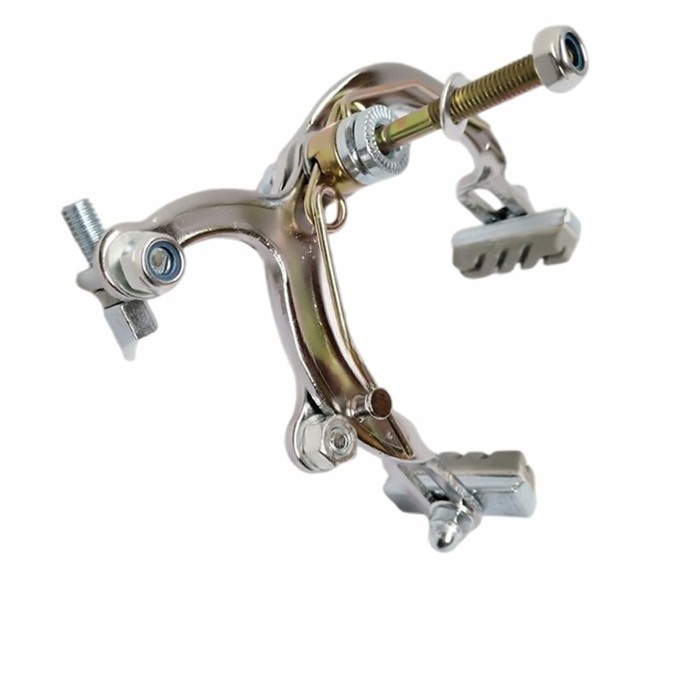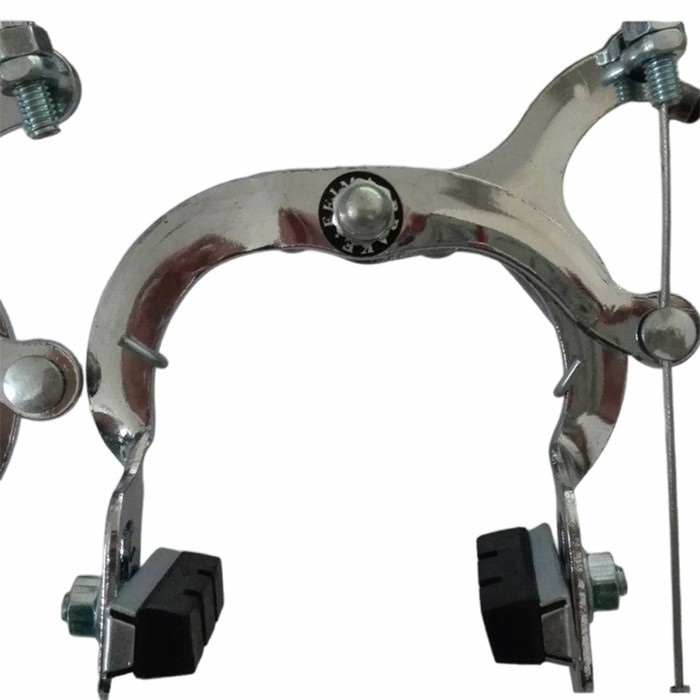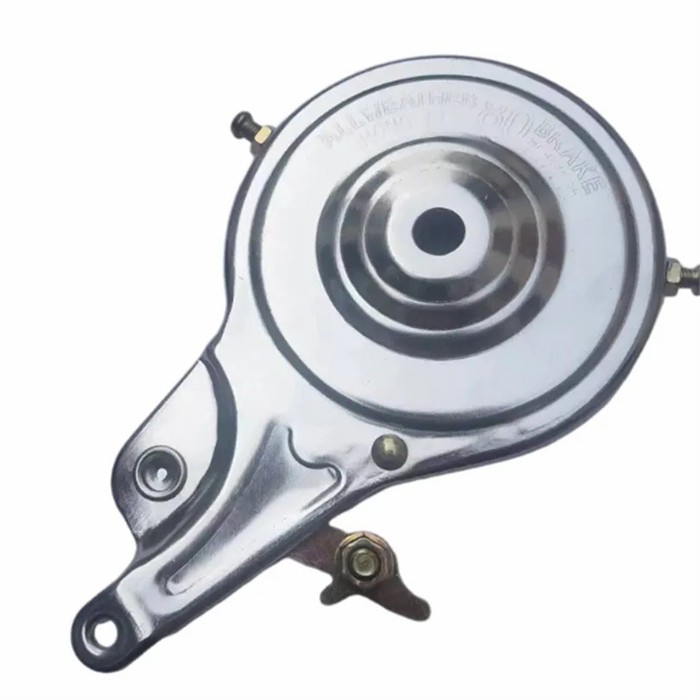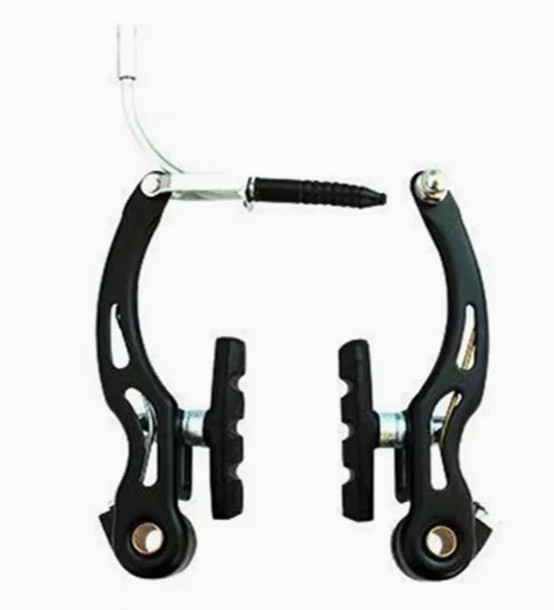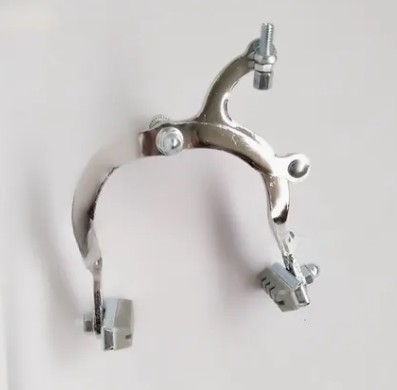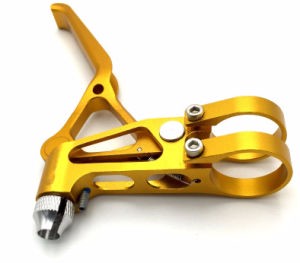Welcome!
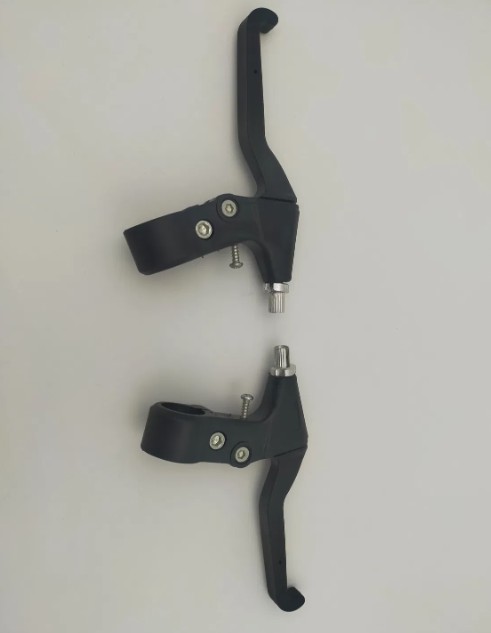

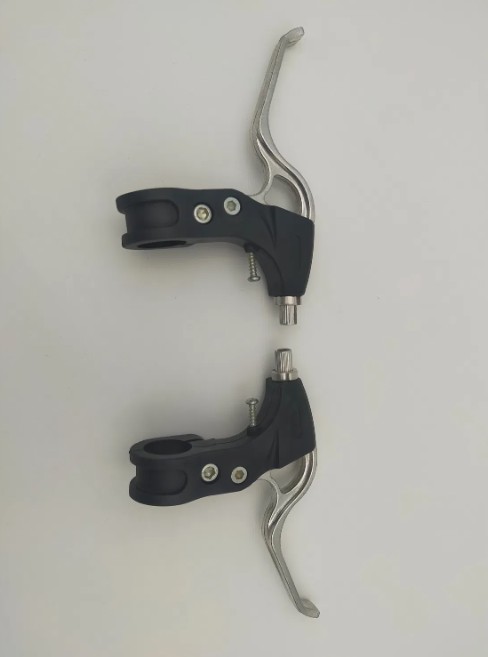
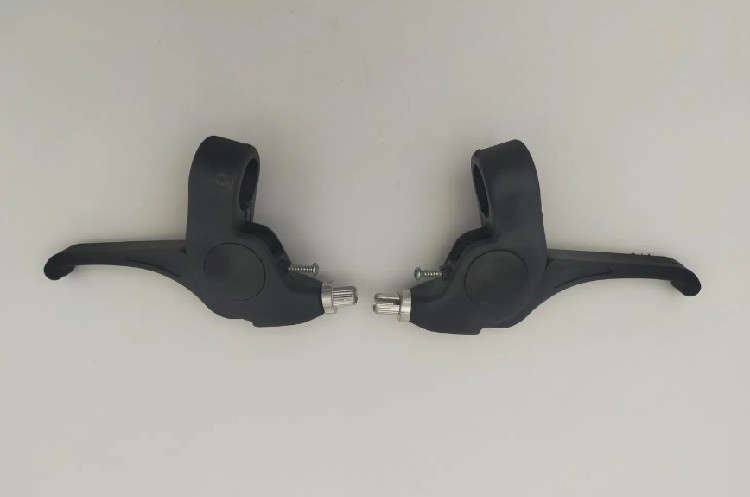
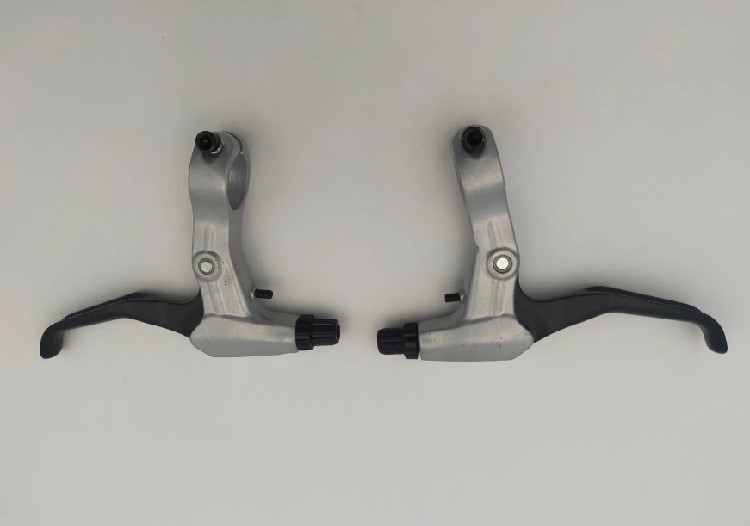
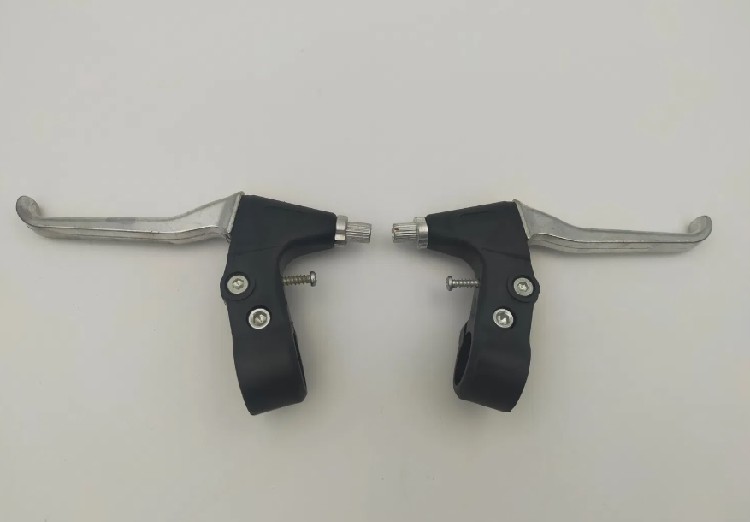
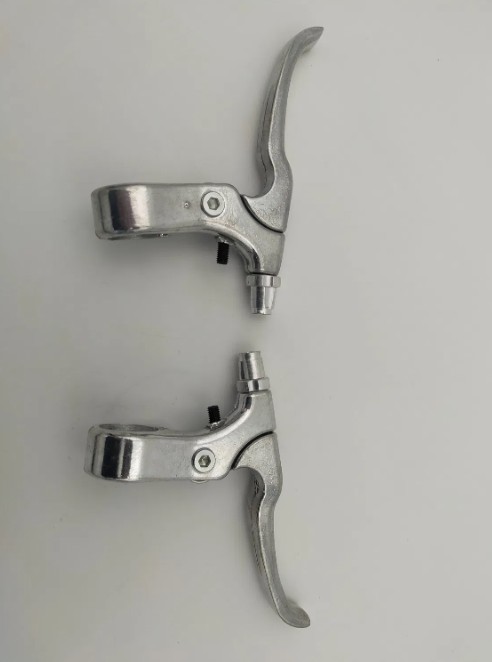
Mastering Control and Safety: A Comprehensive Guide to Bicycle Brakes
Basic Info
| Model NO. | B-21 | Origin | China | Production Capacity | 50000PCS/Month |
|---|---|---|---|---|---|
| Specification | Customized | Trademark | OEM | Transport Package | Carton |
Product Description
Maintaining reliable stopping power is essential for every cyclist, whether you’re commuting through city streets, embarking on long-distance rides, or conquering rugged trails. Bicycle brakes are more than just safety features; they’re crucial components that influence ride quality, control, and confidence. This guide explores everything you need to know about bicycle brakes, highlighting their core features, the advantages they offer, and practical applications to help you choose the right braking system for your riding needs.

Understanding Bicycle Brakes: Core Features and How They Work
Bicycle brakes are mechanical or hydraulic devices designed to slow down or stop a bicycle by creating friction or hydraulic pressure against the wheels. They typically consist of brake levers, cables or hydraulic lines, calipers or brake arms, and brake pads. When you squeeze the brake lever, either tension or hydraulic pressure activates the brake mechanism, pressing the pads against the wheel rims or disc rotors.
There are two primary types of bicycle brakes: rim brakes and disc brakes. Rim brakes, often found on road bikes, work by applying pressure directly to the wheel's rim, offering lightweight and straightforward operation. Conversely, disc brakes, popular on mountain bikes and newer road bikes, utilize a rotor attached to the wheel hub, providing superior stopping power and modulation especially in adverse weather conditions.

Key Advantages of Modern Bicycle Brakes
1. Enhanced Safety and Reliability: Good quality brakes give cyclists heightened control especially in unexpected situations such as sudden stops or navigating steep descents. Hydraulic disc brakes, in particular, excel for their consistency and power, reducing the risk of brake fade or loss of effectiveness over time.
2. Improved Performance in All Conditions: While rim brakes can struggle in rain or mud, disc brakes maintain strong performance across varied weather conditions, making them ideal for off-road adventures or rainy urban commutes.
3. Low Maintenance and Longevity: Modern brake systems require minimal upkeep when properly maintained. Hydraulic systems self-adjust for pad wear, and brake pads are generally simple to replace, allowing for long-term durability and cost-effectiveness.
4. Versatility and Compatibility: Whether you’re riding a mountain bike, hybrid, or road bike, there’s a suitable brake system designed for your application. Features like adjustable brake reach, different pad materials, and mounting options enhance customization and performance.

Applications and Use Cases
Bicycle brakes are indispensable across a broad spectrum of cycling disciplines. Road bikers rely on lightweight rim brakes for efficiency and speed, while mountain bikers prefer robust disc brakes for precision control on rugged terrain. Commuters and city riders benefit from reliable and low-maintenance options that ensure safety in stop-and-go traffic. Touring cyclists, who spend hours on the road, favor brakes with smooth modulation and consistent stopping power for long-distance safety.
Whether you’re tackling steep descents, navigating crowded streets, or exploring mountain trails, choosing the right brake system can significantly influence your riding experience. Factors like terrain, weather conditions, bike type, and personal riding style all contribute to the optimal brake choice.

Frequently Asked Questions about Bicycle Brakes
Q1: What are the main types of bicycle brakes, and which one should I choose?
A1: The main types are rim brakes and disc brakes. Rim brakes are lightweight and simple, making them ideal for road cycling and commuting. Disc brakes, either mechanical or hydraulic, offer superior stopping power and are better suited for mountain biking, wet conditions, or heavy-use scenarios.
Q2: How often should I replace bicycle brake pads?
A2: Brake pads typically last between 300 to 800 miles, depending on riding conditions and pad material. It’s good practice to inspect them regularly-if you notice decreased braking performance or uneven wear, it’s time for replacement.
Q3: Are hydraulic brakes worth the extra cost compared to mechanical ones?
A3: Hydraulic brakes generally provide better modulation, stronger braking force, and require less regular maintenance, making them worth the investment for serious cyclists or those who prioritize safety and performance.
Q4: Can I upgrade my rim brakes to disc brakes?
A4: Upgrading from rim to disc brakes is possible but often involves frame and fork compatibility considerations and may require additional components like hubs, rotors, and calipers. Consult a bike technician for a professional assessment.
Q5: What maintenance do bicycle brakes require?
A5: Regularly inspect brake pads for wear, keep brake surfaces clean, adjust cable tension or hydraulic fluid levels as needed, and replace worn components promptly. Proper maintenance ensures optimal performance and safety.

Final Thoughts
Choosing the right bicycle brakes involves understanding your riding style, typical terrain, climate conditions, and maintenance preferences. Whether you prefer the simplicity of rim brakes or the robust performance of disc brakes, ensuring that your stopping power is reliable will elevate your riding experience. Investing time in understanding your brake system pays off with improved safety, control, and confidence on every ride.
Navigating the world of bicycle brakes might seem complex initially, but once you grasp the fundamentals and identify what suits your riding needs, you’ll ride more confidently and comfortably. Your journey to safer and more controlled cycling starts here, so harness your knowledge, pick your perfect brakes, and enjoy the ride ahead.

Recommended Products
Recently Viewed
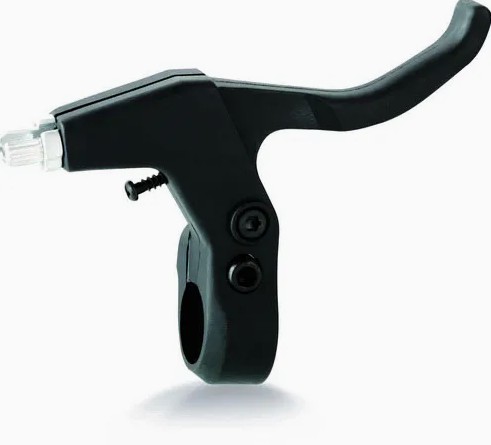 Enhance Your Ride's Safety and Performance with Premium Bicycle Brakes
Enhance Your Ride's Safety and Performance with Premium Bicycle Brakes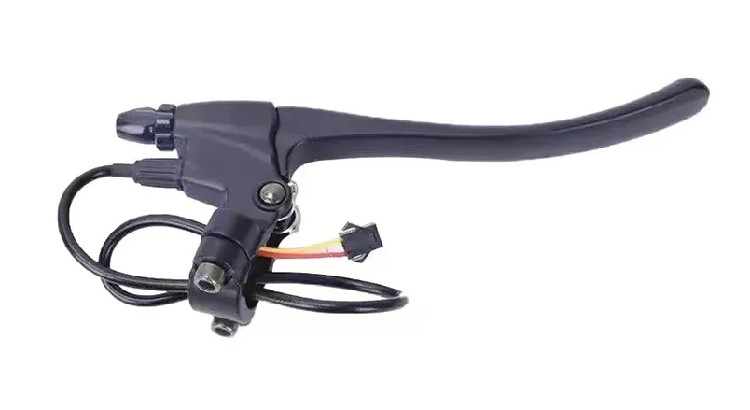 The Ultimate Guide to Bicycle Brakes: Ensuring Safety and Performance on Every Ride
The Ultimate Guide to Bicycle Brakes: Ensuring Safety and Performance on Every Ride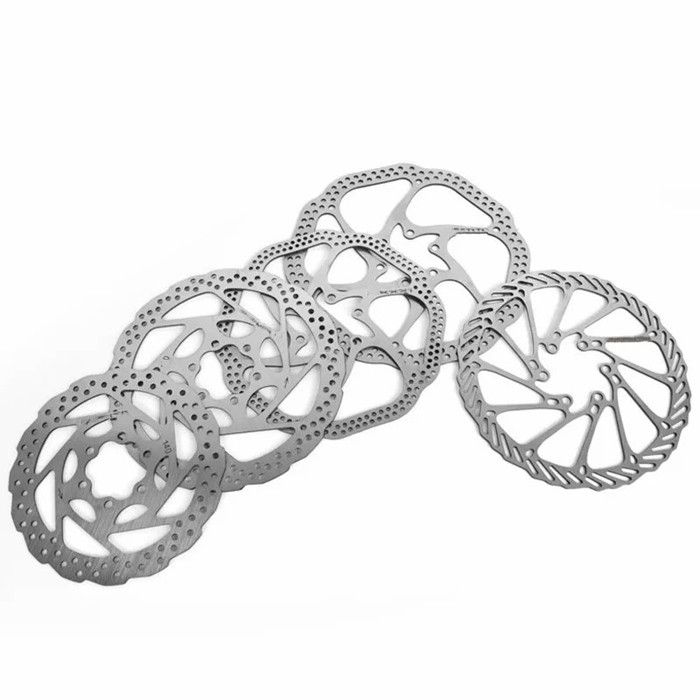 Bicycle Disc Brakes: The Ultimate Guide to Unmatched Stopping Power
Bicycle Disc Brakes: The Ultimate Guide to Unmatched Stopping Power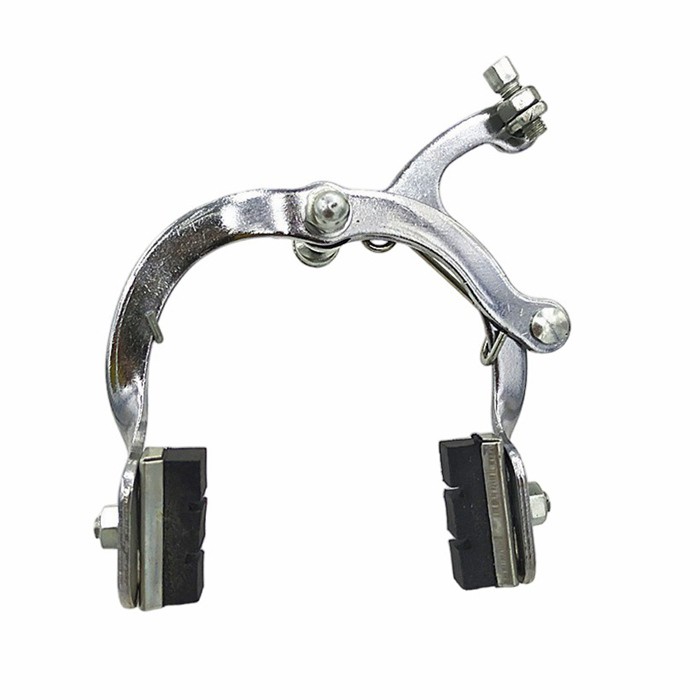 Your Guide to Bicycle Brakes: Safety, Performance, and Choosing the Right System
Your Guide to Bicycle Brakes: Safety, Performance, and Choosing the Right System Mastering Control and Safety: A Comprehensive Guide to Bicycle Brakes
Mastering Control and Safety: A Comprehensive Guide to Bicycle Brakes
Contact Us
FOCAN ELECTRONIC FACTORY




